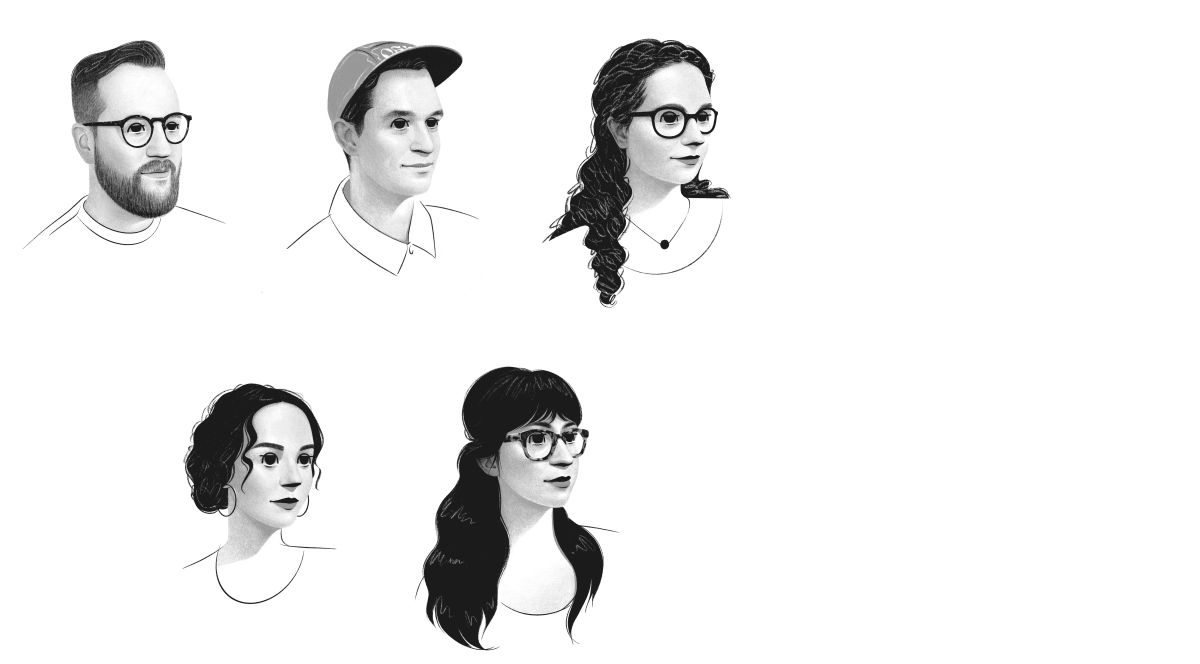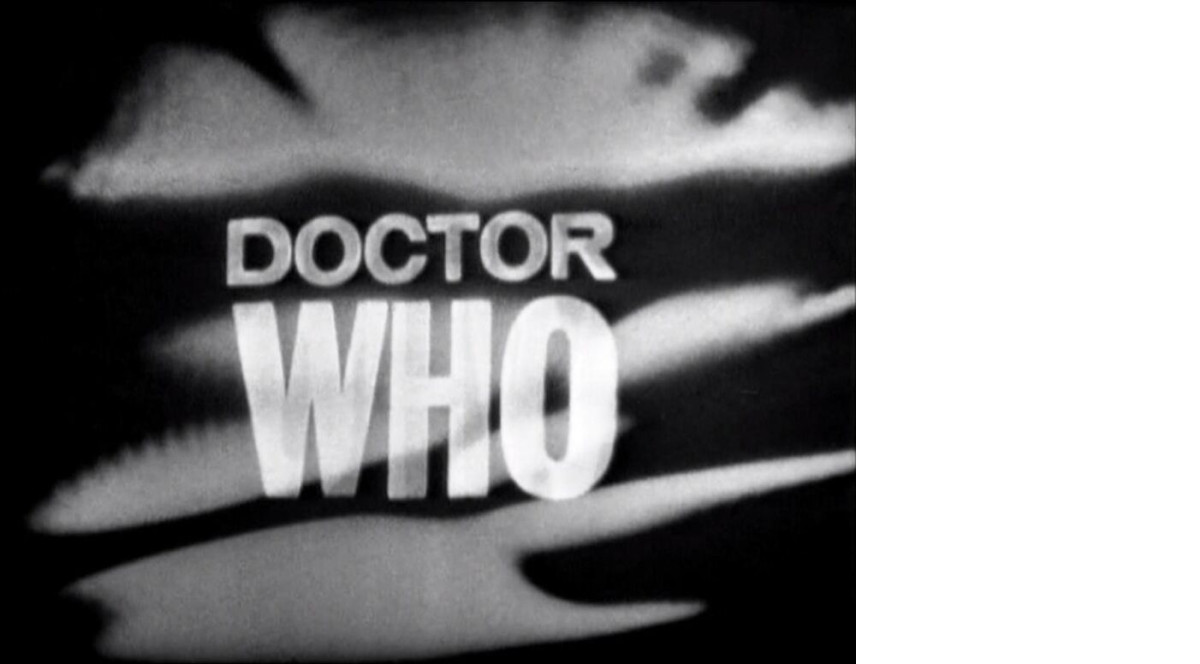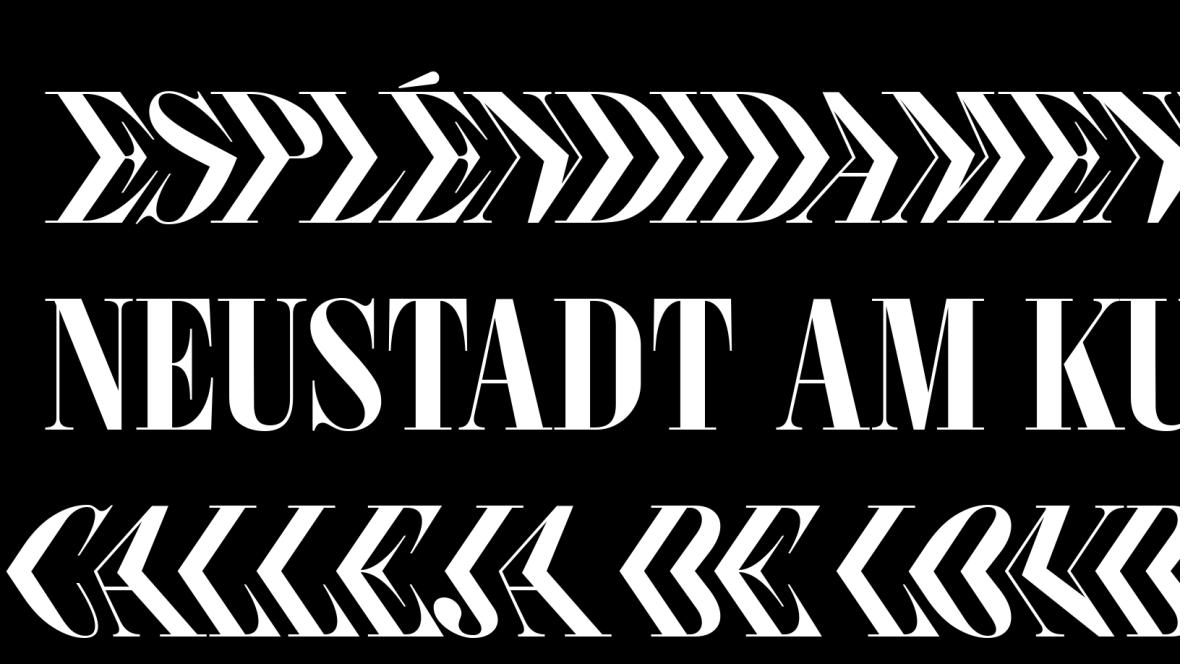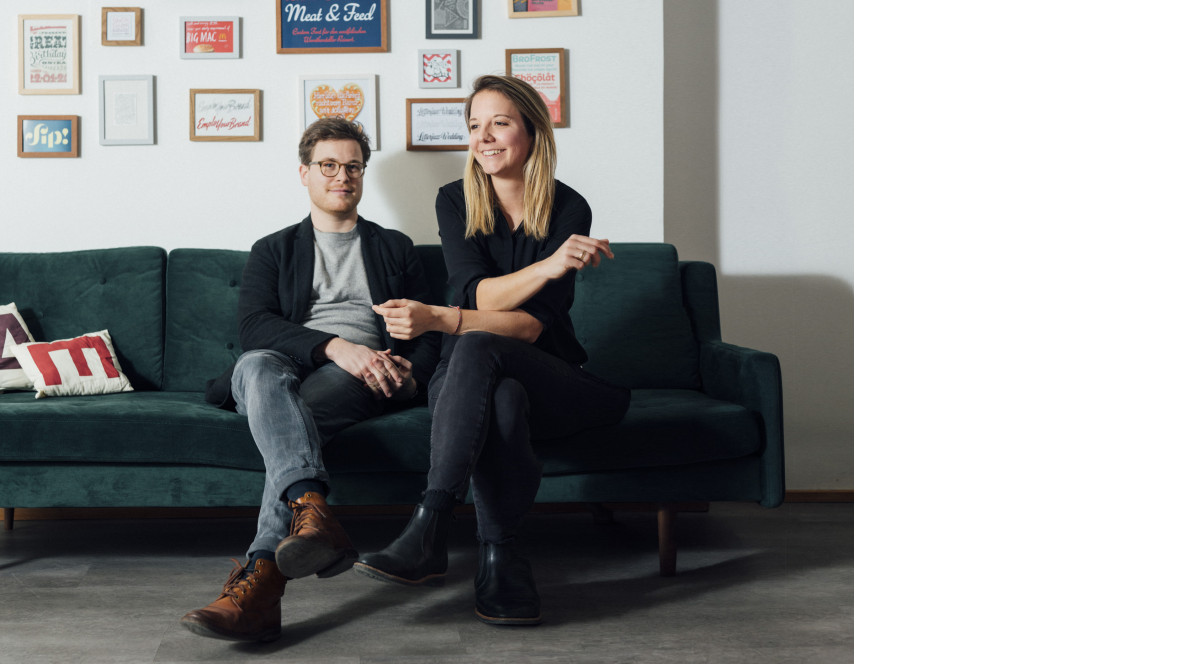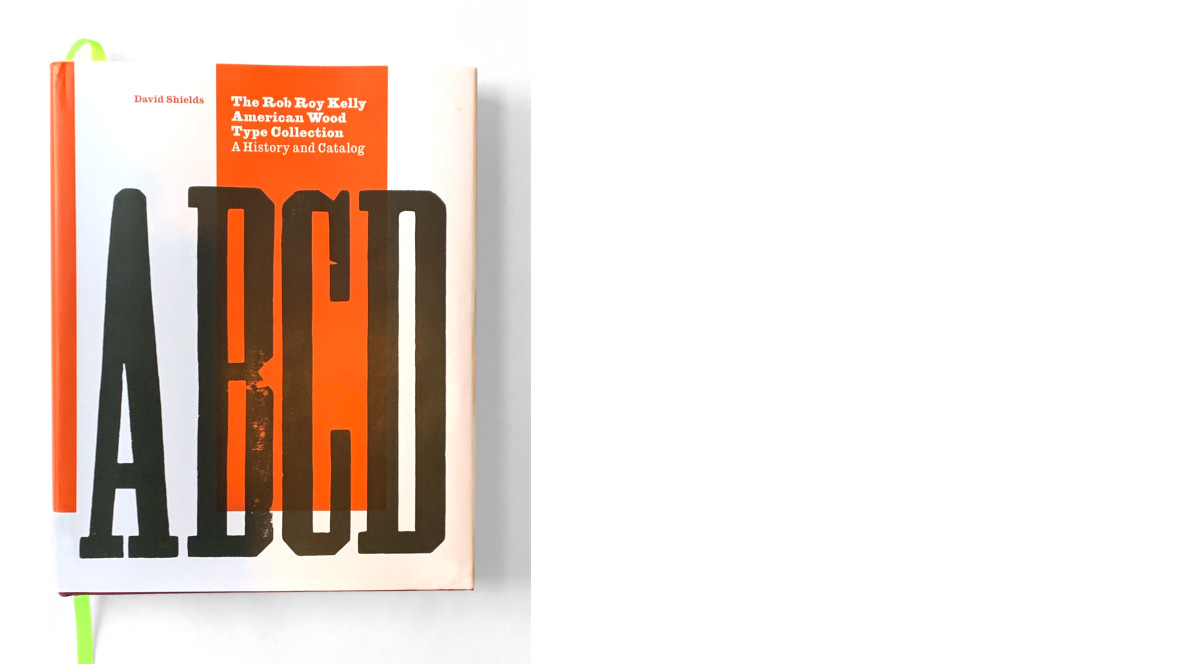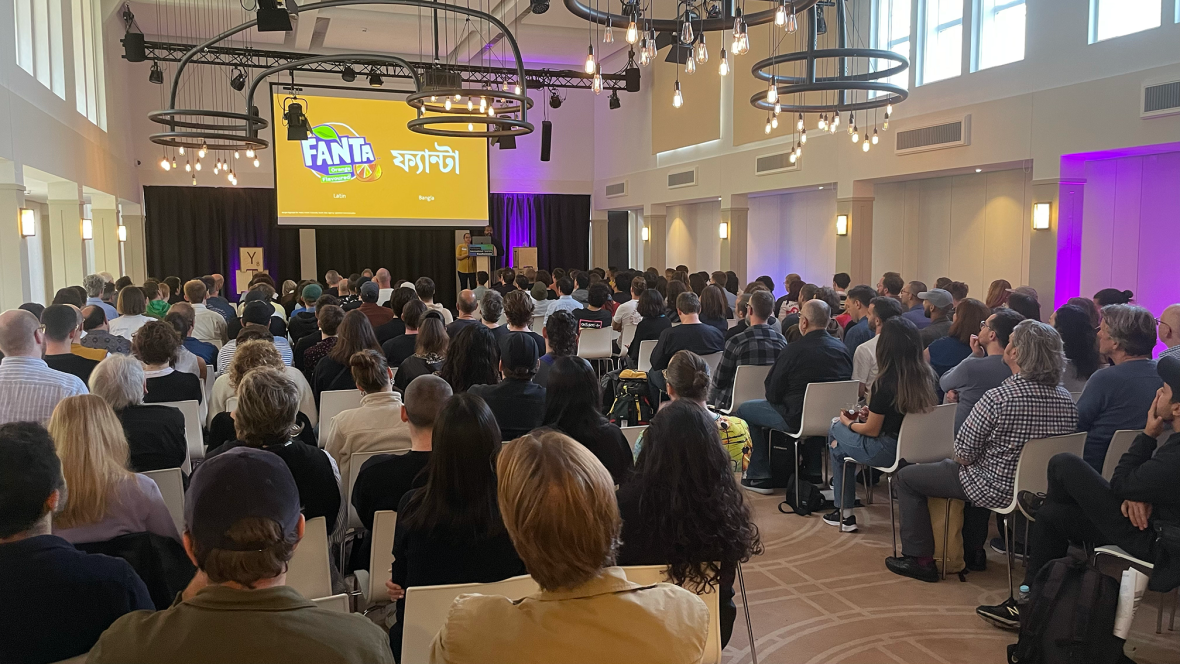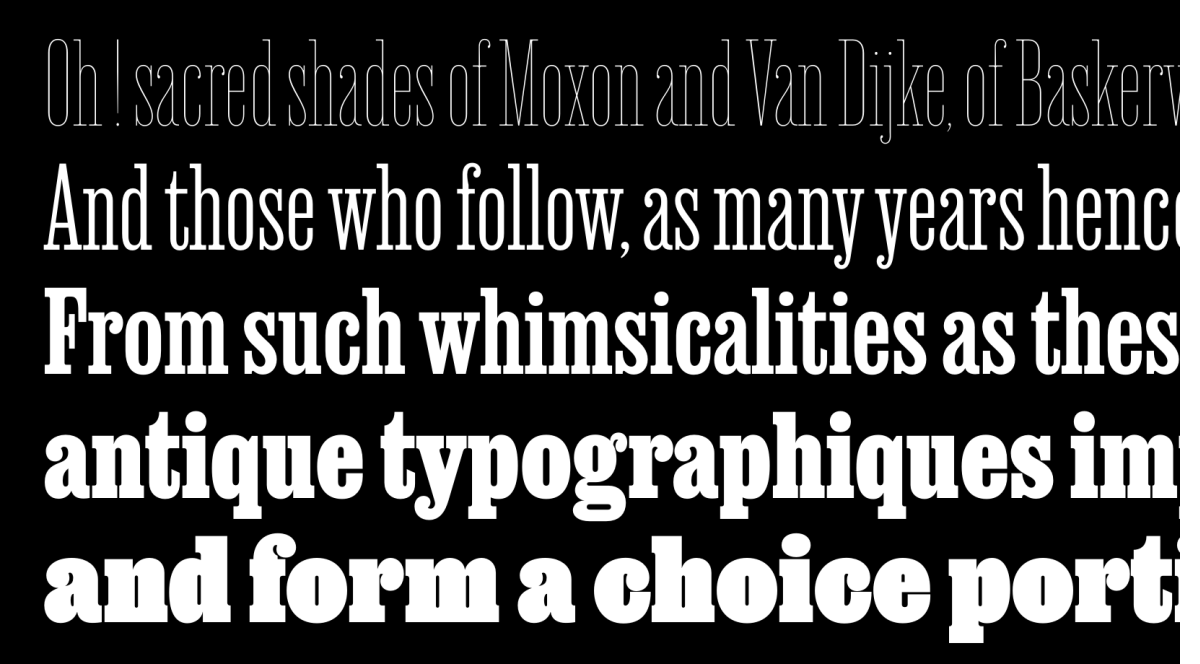
Aeroplan
This typeface is a contemporary serif family that subtly references a lesser-known chapter in typographic history. But those who select it will surely do so because of the peculiar connecting strokes in Aeroplan’s italics – as in the “a” and “n” above. Those are nice, but Aeroplan’s got even more to offer.

